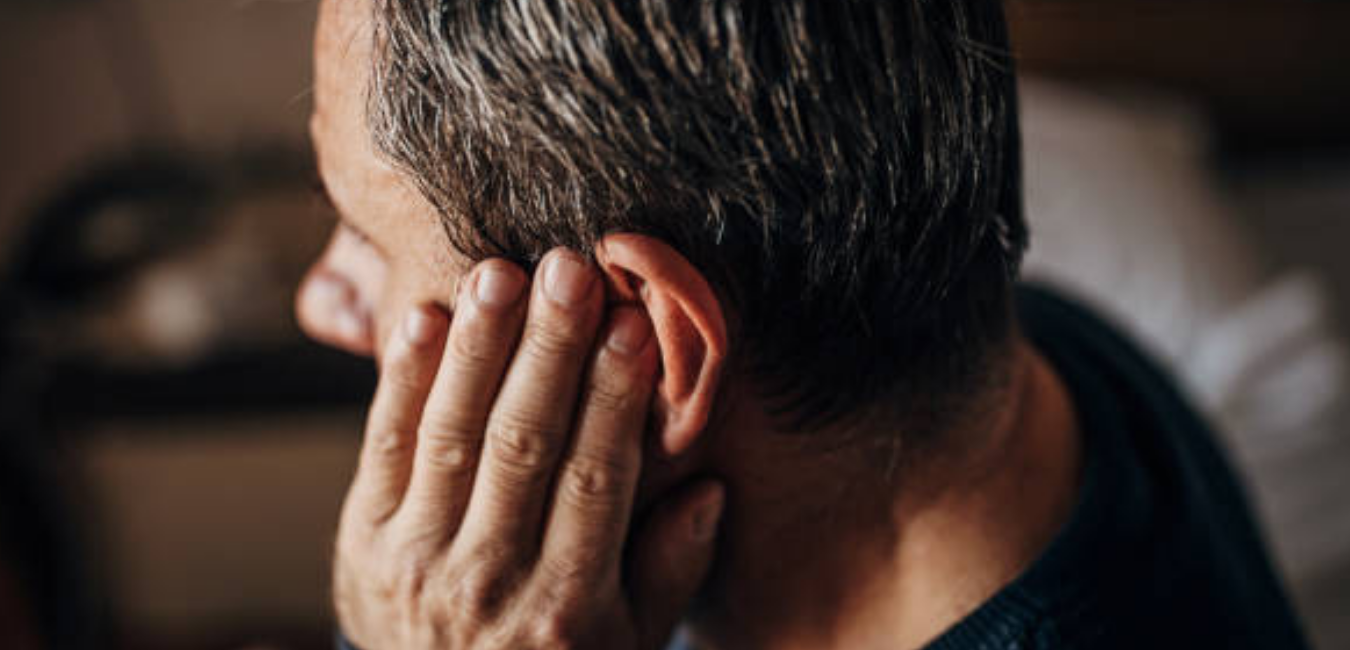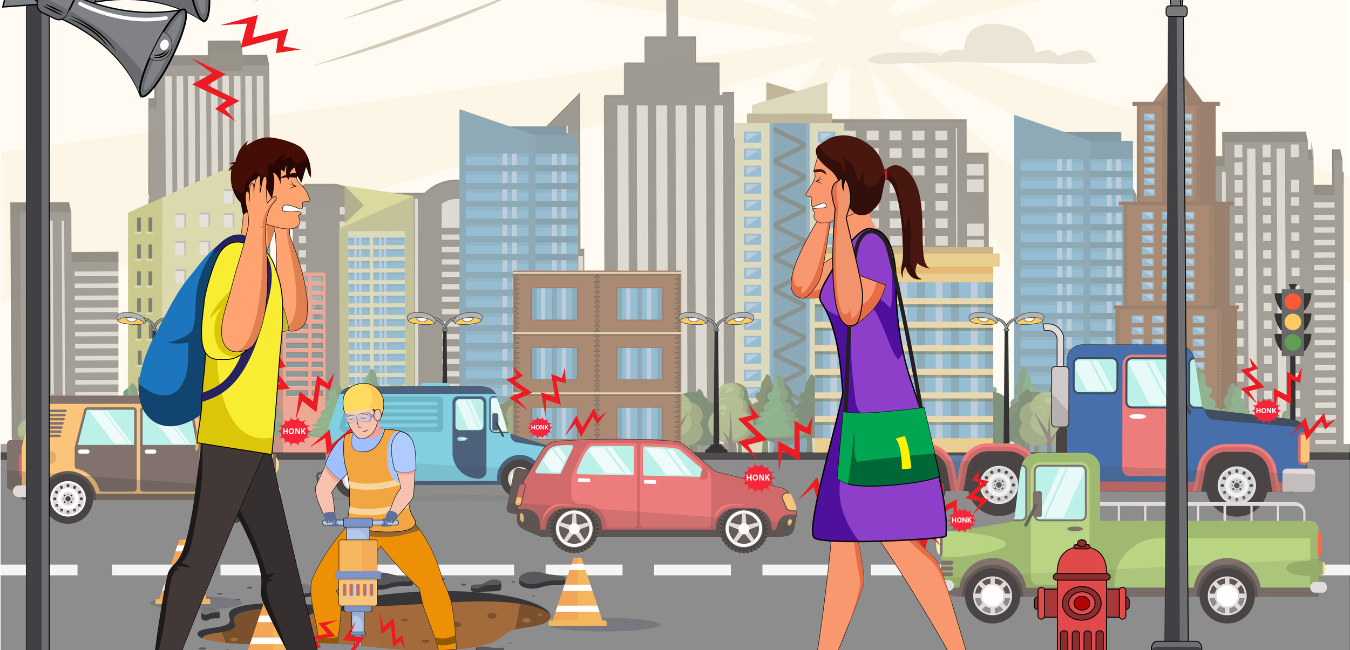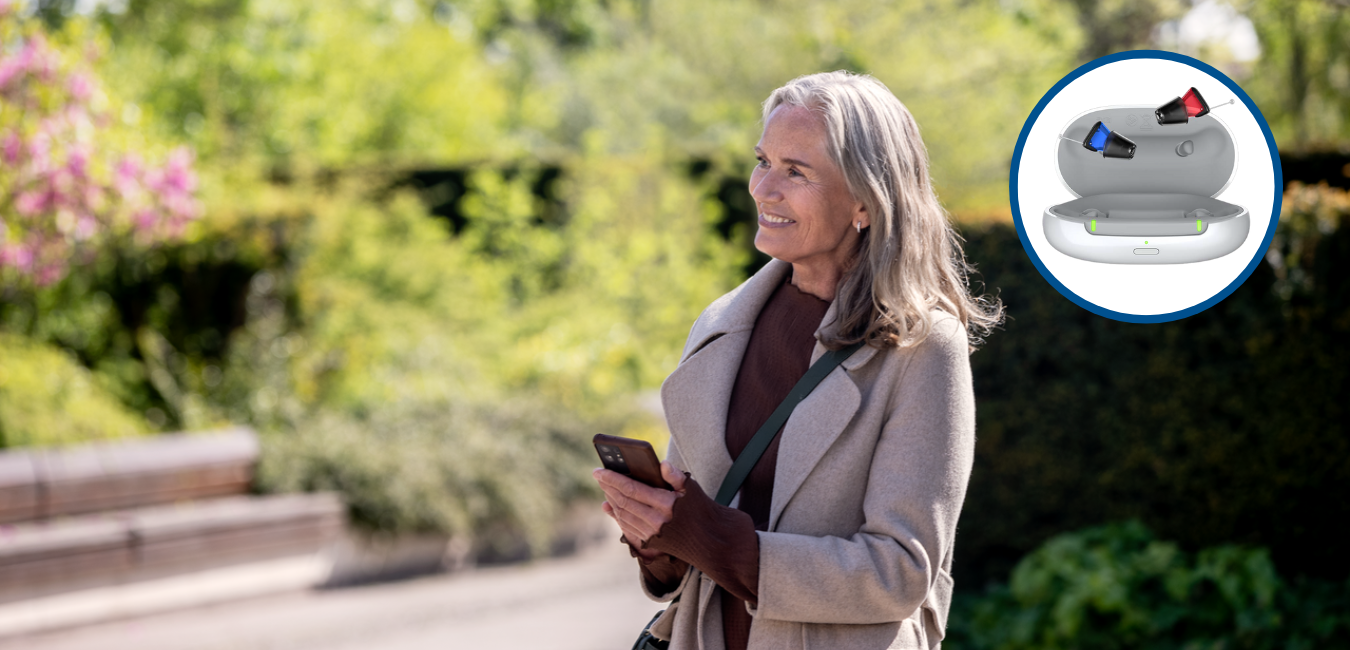Why Is My Hearing Aid Whistling?
Why Is My Hearing Aid Whistling or Chirping? (And What to Do About It)
Hearing aids were invented to help you regain your ability to hear — better and more clearly, with an immense impact on your quality of life. So, why are yours failing at their purpose?
Whistling or chirping is one of the most common phenomena experienced by people who wear hearing aids. This is called “acoustic feedback,” not much different from when you are too close to speakers, or a microphone and sound gets picked up and amplified repeatedly. And while backing away from the source or turning down the volume typically resolves the issue, it’s a lot more concerning when this feedback occurs inside your ears.
Is your hearing aid whistling or chirping? Find out more on why it happens and how to fix and prevent it. Learn how you can hear better and clearer without any feedback:
A Closer Look at Acoustic Feedback in Hearing Aids
The bottom line is, properly fitting hearing aids will not whistle or chirp — they will not emit noticeable acoustic feedback, allowing for uninterrupted hearing and listening.
The Importance of a Proper Fit
Your audiologist will ensure a snug, comfortable fit during the fitting process. They will run certain programs to assess the risk of feedback and implement the right settings that will prevent your hearing aids from emitting feedback during regular use.
Feedback — such as whistling or chirping — occurs when the sound emitted from the speaker or the receiver “leaks” out of the ear, making its way back to the microphone. A whistling or chirping noise becomes audible and is picked up and amplified repeatedly. In some cases, the feedback has a warbling quality, indicating that your hearing aid is struggling to detect it and prevent it from occurring.
Common Instances of Whistling and Chirping in Your Hearing Aids
While feedback in your hearing aids is largely due to poor fit, you may not notice it right away. For many hearing aid wearers, whistling and chirping only become noticeable when these occur multiple times, causing discomfort and disruption of the normal listening experience. This is why it’s important to pay attention to the fit and sound quality of your hearing aids.
How You Wear Your Hearing Aids Matters
In other cases, feedback can also occur as you put in your hearing aids or if the devices are already turned on but not yet worn. To address this, modern hearing aids are programmed with a delayed start, providing you enough time to put the hearing aids in without feedback occurring during insertion.
Pay Attention to Location and Activities
Feedback often occurs when close to reflective objects, such as speakers and audio sources. In some cases, you can hear whistling and chirping while in a car, sitting in a high-back chair, or while hugging someone. In these cases, the type of feedback that occurs reflects your environment, such as sounds close to the car window, chair, hand, or another person are amplified by the microphone or receiver.
Addressing Other Causes of Whistling and Chirping
Ear Shape, Weight Changes, and Parts
As mentioned earlier, the fit is the main cause of acoustic feedback in hearing aids. This can mean the device is not correctly inserted or has shifted, causing the sound to leak. This poor fit — and subsequent shifting — can be caused by changes in the shape of your ears, such as when you gain or lose weight or if the parts of the hearing aid that are inserted in the ear are damaged.
Earwax Buildup
Another common cause of poorly fitting hearing aids is earwax buildup. When earwax creates a blockage in the ear, it causes sound to reflect outwards, which the receiver picks up and amplifies repeatedly.
Degree of Hearing Loss and Ear Geometry
In rare cases, feedback can be difficult to address. This happens when hearing loss is severe or your ear geometry is irregular, making it difficult to fit hearing aids properly. But don’t worry — your audiologist can adjust the device to reduce feedback, although at risk of compromising ideal settings. Still, remember that the vast majority of users with properly fitting hearing aids will not experience any feedback during regular use.
How to Avoid or Eliminate Feedback in Your Hearing Aids
Are you hearing whistling when wearing your hearing aids? Feedback can be disruptive when left unattended over an extended period. The good news is, it’s easy to fix. Here are some useful tips to remember when wearing hearing aids:
1. Proper insertion and fit
You can do several simple fixes on your own — the easiest, simply making sure that you are inserting the correct hearing aid in each ear. As you insert the devices, make sure they fit snugly and comfortably to ensure a tight seal and prevent sound from leaking. If whistling or chirping persists, try opening and closing the battery door to reset the volume, as it can get turned up accidentally, causing feedback.
2. Pay attention to your type of hearing aid
Different types of hearing aids require different ways of inserting and wearing. It’s important to pay attention to the specific type of hearing aid you wear and how it should be worn, as explained by your audiologist.
For example, custom hearing aids require placing them flush against your skin, with the pull string at the bottom. Similarly, behind-the-ear (BTE) hearing aids require tucking the kickstand into the bowl of your ear and gently massaging the dome into your ear canal, with the wire or tube flush against the side of your face.
3. Book earwax removal
If feedback is caused by earwax buildup, simply getting your ears cleaned will put an end to the whistling and chirping. Your audiologist or hearing healthcare provider can remove the blockage in the ear canal and ensure that sound travels to the eardrum as it should, preventing it from leaking out and causing feedback.
4. Re-programming and re-fitting
If whistling and chirping persist, your audiologist can reassess the fit and programming of your hearing aids and run another round of feedback tests. They will confirm whether the hearing aids are coupled to your ear using the correct dome or ear-mould, and fit you with new ones if not. They can also recommend reducing the helix part of the mold to prevent sound from leaking out and causing feedback.
To learn more about acoustic feedback and improving the fit and function of your hearing aids, call Hearing Solutions at 1-888-811-9979 or contact us here.
Works Cited
Hearing aid whistling – Why do hearing aids whistle? What to do? (n.d.). Retrieved from https://www.hear-it.org/When-the-hearing-aid-whistles
Link, J. (2018, August 19). How do I get rid of the constant whistling sound from my hearing aids? Retrieved from https://www.hearingtracker.com/ask/how-do-i-get-rid-of-the-constant-whistling-sound-from-my-hearing-aids








